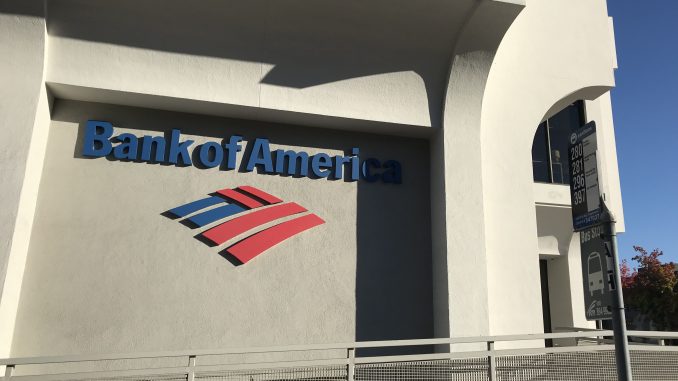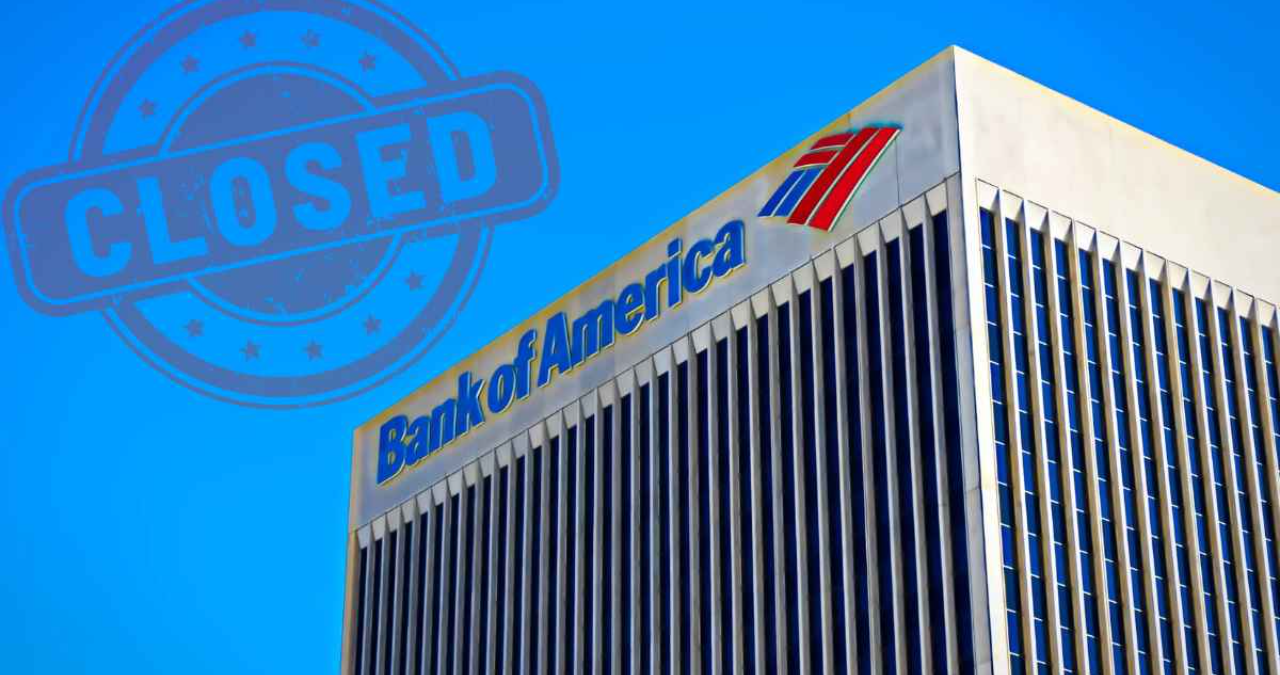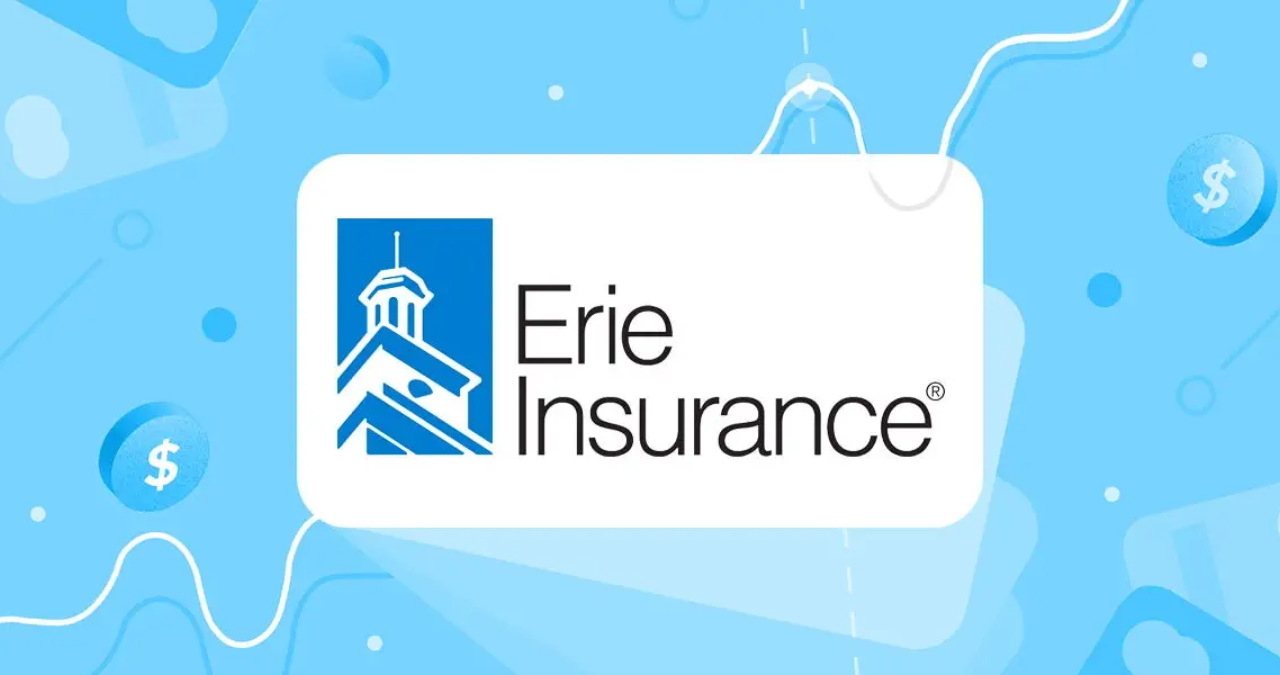Bank of America branch closures are shaking up local banking access. Discover why it’s happening, how it impacts you, and what the future of banking could look like.
Understanding the Wave of Bank of America Branch Closures
Bank of America has been closing branches across various states in recent years, and the trend has only picked up pace. Whether you’re a longtime customer, a business account holder, or someone who depends on physical banking services, this shift likely affects you in some way. The closures have sparked concern among customers, especially those who aren’t ready to go fully digital.
Why is this happening now, and what does it mean for the future of banking? Bank of America, like many other large financial institutions, has been adapting to the growing preference for digital banking. As mobile apps, ATMs, and online tools become more reliable and secure, the need for physical locations is shrinking.
While Bank of America says the closures are strategic and necessary for modernization, not everyone sees it that way. For some communities—particularly in rural areas—branch closures mean more than inconvenience; they can severely limit access to essential financial services.
The Driving Forces Behind Bank of America Branch Closures
Digital Banking Trends
The most significant factor behind the closures is the explosive growth of digital banking. Bank of America has invested billions in its digital infrastructure, developing tools that allow customers to handle everything from mobile deposits to credit applications via their smartphones.
More and more customers are embracing digital banking because it’s quick, efficient, and available 24/7. As a result, foot traffic in physical branches has steadily declined. The bank’s response? Reduce its physical footprint and reallocate resources to enhance digital platforms.
However, it’s not just about saving money. Bank of America aims to lead the digital transformation in banking. With newer generations growing up on apps and online transactions, the bank sees digital-first strategies as the path forward.
Cost Efficiency and Corporate Strategy
Operating a physical bank branch isn’t cheap. From rent and utility bills to staff salaries, costs can quickly add up. By closing underperforming branches, Bank of America is cutting expenses and improving its profit margins. This strategy is not unique to Bank of America—many large banks are doing the same.
At the same time, this move aligns with Bank of America’s broader strategy of consolidating resources in high-demand urban areas and tech hubs. The bank is also investing in ATM upgrades, AI-powered customer service, and contactless banking services that are more scalable than brick-and-mortar branches.
Impact of Bank of America Branch Closures on Local Communities
Disruption to Routine Banking
Branch closures can significantly disrupt local customers, especially those who rely on in-person services. Elderly clients, small businesses, and individuals without reliable internet access often prefer—or require—face-to-face interaction for their financial needs.
For these individuals, losing their local Bank of America branch isn’t just inconvenient; it’s stressful. They may have to travel further to access basic services like check cashing or account inquiries. In some rural towns, the closed branch might be the only banking facility nearby, making the problem even more severe.
Economic and Social Effects
Branches often serve as more than banking centers. They’re part of a community’s economic fabric, providing jobs and driving local foot traffic. When a branch closes, it can leave a noticeable void. Businesses in the area may see fewer customers. Former bank employees may need to relocate or find work in different industries altogether.
In low-income neighborhoods, closures can also exacerbate financial inequality. Without easy access to banking, residents may turn to high-fee alternatives like payday lenders or check-cashing services. This undermines the financial health of entire communities.
“A closed branch might save the bank money, but it can cost the community so much more.”
— Financial Inclusion Advocate
The Shift Toward a Digital-First Banking Future
What Bank of America Is Doing Online
Despite branch closures, Bank of America isn’t leaving customers out in the cold. Their digital platform is robust and continuously evolving. The bank’s mobile app offers features like Erica (an AI virtual assistant), mobile deposits, bill pay, loan management, and real-time account alerts.
These services are designed to offer the convenience of a branch visit without the wait. For tech-savvy customers, the shift feels like an upgrade. Transactions are faster, simpler, and available at any hour.
Bridging the Digital Divide
Of course, not all customers can or want to switch to digital banking. That’s why Bank of America is also working to provide support for those transitioning to online services. In-branch digital education, telephone assistance, and remote support tools are part of the effort.
Still, critics argue that more needs to be done. Bank of America Branch Closures Access to broadband internet, digital literacy, and smartphone ownership vary dramatically by region and income level. The risk is that the most vulnerable customers get left behind.
A Closer Look: States and Cities Affected by Closures
Bank of America has shut down hundreds of branches over the past few years, but the pattern isn’t random. Branches in urban areas with overlapping locations are more likely to be closed than standalone rural branches—but that doesn’t mean rural locations are safe.
Here’s a snapshot of the regions most affected:
| State/City | Number of Closures | Key Reasons |
|---|---|---|
| California | 50+ | High real estate costs, digital usage |
| New York | 30+ | Branch overlap, customer migration |
| Texas | 25+ | Strategic consolidation |
| Florida | 40+ | Digital shift, high ATM deployment |
| Illinois | 15+ | Low foot traffic, automation rollout |
These numbers reflect a strategic move rather than a random shutdown. Bank of America evaluates customer behavior, branch performance, and market opportunity before making closure decisions.
Alternatives and Solutions for Affected Customers
Embracing Online and Mobile Banking
For customers impacted by a branch closure, the first step is exploring online banking options. Bank of America’s digital tools are designed to meet almost every banking need—from opening accounts to transferring funds or applying for loans.
If you haven’t already, downloading the Bank of America app is a good move. Once logged in, you can:
- Check balances and transaction history
- Deposit checks with a photo
- Schedule payments
- Chat with a virtual assistant
For many customers, these features eliminate the need for most in-person visits.
Finding Nearby ATMs and Financial Centers
Bank of America still operates thousands of ATMs and financial centers across the U.S. Their ATM locator can help you find the nearest available services, some of which now offer advanced features like:
- Cardless transactions
- Multi-denomination withdrawals
- Check cashing
- Loan payment options
So while a branch might be gone, you’re not entirely cut off from face-to-face services.
What Bank of America Says About Its Branch Closures

Bank of America insists that these closures are not about abandoning customers, but about evolving to meet their needs more efficiently. In a recent statement, a spokesperson said:
“Our goal is to deliver a modern, seamless banking experience that gives our customers more control over their finances, wherever they are.”
The bank is focusing on “financial centers of the future”—branches with advanced technology, smaller footprints, and enhanced personal services. In other words, fewer branches, but better ones.
Still, critics argue that the bank should ensure equal access, especially for customers who aren’t comfortable with digital tools.
Customer Reactions to the Closures
Reactions to the closures have been mixed. Some customers appreciate the digital shift and see it as a sign that Bank of America is modernizing. Others feel abandoned, particularly those in smaller towns or older adults who aren’t as comfortable with apps.
On social media, customers have voiced concerns:
“Not everyone wants to bank on their phone. What about those of us who rely on people, not screens?”
— Bank of America Customer, Florida
“It’s not fair that rural areas get hit the hardest. We deserve the same access as anyone else.”
— Community Leader, Midwest
Quotes from Industry Experts
“The move toward digital banking is inevitable, but it must be done inclusively. Banks like Bank of America must provide safety nets for those left behind.”
— Linda Jameson, Financial Inclusion Researcher
“Branch closures are part of the cost-efficiency playbook. But long-term loyalty depends on maintaining human connection.”
— Peter Collins, Banking Strategy Consultant
Frequently Asked Questions (FAQs)
Why is Bank of America closing so many branches?
Bank of America is closing branches to streamline operations, reduce costs, and shift focus to digital banking services. They claim it’s part of a broader modernization plan.
Are all Bank of America branches closing?
No, not all branches are closing. The closures are targeted based on factors like foot traffic, digital usage, and operational costs. Many branches remain open, especially in high-traffic areas.
How can I bank without a local branch?
You can use Bank of America’s mobile app or website for most banking needs. You can also access ATMs and speak with representatives via phone or video call for more complex services.
What happens if my branch closes?
You’ll receive a notification from Bank of America with details on your nearest alternative branch or ATM, and guidance on how to transition to digital services.
Can I still get help with my accounts if I’m not tech-savvy?
Yes. Bank of America offers customer support via phone, chat, and even remote sessions to help you get familiar with online banking.
Conclusion: Adapting to a Changing Banking Landscape
The trend of Bank of America branch closures is likely to continue, reflecting a broader shift in how we manage our money. While the digital transformation brings many benefits, it also raises concerns about accessibility and equity.
If you’re a Bank of America customer, now’s the time to get familiar with the bank’s online services and digital tools. Whether you embrace the change or approach it cautiously, the banking world is moving forward—with or without physical branches.




